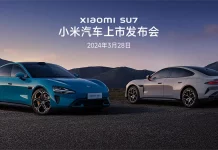Our regular YouTube followers heard from me last summer that I've been I buried the Pocophone brand. A year after the launch of the Poco F1, there was no news of a successor model, departed Jai Mani also the head of Pocophone, the Indian brand was in a state of limbo.At the beginning of 2020, the brand was revived, it split from Xaomi and more models were launched for this year. They had to spend almost nothing on the development of their first model this year, simply rebadged the 4G version of the Redmi K30 4G, already announced in China at the end of 2019, and the Poco X2 was born. The launch was held on February 4 in India.
Xiaomi has a habit (mainly for cost efficiency) of presenting smartphones with different names for different markets from the same model. Most recently, this was the case with the Redmi K20 and K20 Pro for the Chinese/Indian markets, which the Global market - including us Hungarians - received under the names Mi 9T and 9T Pro. Sometimes, however, only components are replaced (e.g. Redmi Note 7 Pro) and these are only sold in India, for example.
Poco X2 specification
The device is not exactly compact in physical size:
- 165.3 x 76.6 x 8.79 mm
- 208g
with its 6.67″ display, it sits between the Redmi Note 8 Pro and the Mi Max 3.
Processor
The phone is powered by the Snapdragon 730G eight-core (8nm) processor (liquid cooled), which we've already seen in the Mi Note 10/10 Pro, and with a 108MP sensor, it didn't prove to be very snappy. On the main version of Android 10, MIUI 11 does tick along nicely, but it's easy to get hung up with the camera app. Hopefully, the 64MP Sony IMX686 sensor, nor the 120Hz IPS display.
Display
The 6.67″ full (RealityFlow) display has a 20:9 (Cinematic Display) aspect ratio and FHD+ (1080×2400) resolution. The panel is IPS, but with HDR10 support and 120 Hz refresh rate. There is no drop notch on the top of the display, the front dual selfie camera unit is mounted in the hole (Hole-Punch) in the top right corner. How much nicer this is than the previous solution is for you to decide.
Because of the IPS display, the fingerprint sensor is not under the panel, but on the right side of the bezel.
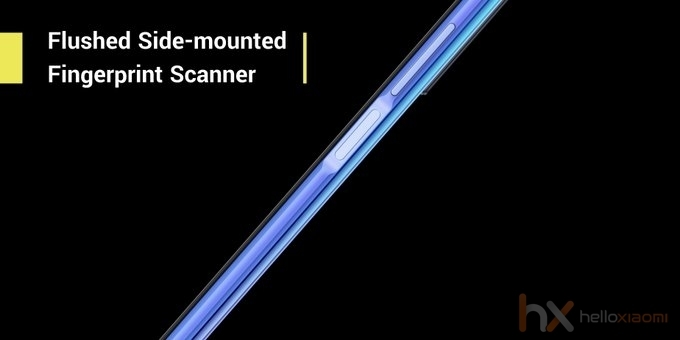
The display is protected by Gorilla Glass 5.
Camera
The rear quad camera unit contains 4 sensors, symmetrically centered in a vertical orientation. The long black camera line has a circular grinding which, if not unique, is certainly a nice touch.
The Sony IMX686-os sensor 64MP-(wide angle of view; 1/1.7″ sensor size; f/1.9 aperture; 1.6µm 4-in-1 pixels), which is expected to perform much better in tests than the Samsung sensor used in the Redmi Note 8 Pro.
You don't get optics stabilisation or laser focus, you have to use PD autofocus to get the focus right. The ultra-wide angle of view (120° FOV) is 8MP sensor, while the macro has the usual 2MP resolution (with a 2cm near point), as does the portrait sensor. The latter can also be used for VLOG mode, which we tried on the CC9 Pro and Mi Note 10 models. You can still select the 960fps super slow motion mode in the Camera app, shooting 4K content at 30fps. The RAW mode is not left out either, so we can process our creations ourselves using the MIUI camera algorithm.
For selfies, you can use the 20MP + 2MP AI-supported dual sensor on the front, supported by dozens of beautifying features and Movie mode.
Battery
What we know after testing the Redmi Note 8 Pro or the Mi Note 10 is that 4500mAh (Redmi Note 8 Pro) or 5260mAh (Mi Note 10) sounds good on paper, but due to the less optimized battery life, we can't expect 2-3 days of battery life (if battery saver mode is not activated). The Poco X2 also has a 4500mAh battery, which is accompanied by an IPS display with 120Hz refresh. A 27W charging head is included to support 27W fast charging, so you can fully charge the battery in just over an hour (68 minutes).
Other features
The Poco X2 also features a 3.5mm jack (Hi-Res Sound certified), infraport, P2i water-repellent coating, VoWiFi connectivity, Bluetooth 5 support,
Variants, colours, pricing
The Poco X2 is available in three colours: Atlantis Blue, Matrix Purple and Phoenix Red.
The Poco X2 is available with two memory options (6GB and 8GB LPDDR4X) and three different storage sizes (64GB, 128GB, 256GB UFS 2.1):
- 6GB + 64GB - 225 USD (approx. 92.500 HUF including Hungarian tax)
- 6GB + 128GB - $238 (approx. 97.900 HUF including Hungarian tax)
- 8GB + 256GB - $281 (approx. 114. 900 HUF including Hungarian tax)
The storage is expandable up to 512GB. The pricing is therefore very friendly, which is necessary in India, as the competitor Realme is coming up strongly on Xiaomi's neck. I only calculated the Hungarian forint prices to see what we could expect if it were to be sold in Hungary.
Poco hopes X2 can be more successful than Realme's offering. Although the official product page is still missing (at the time of writing), Flipkart's specifications show that the B20 4G frequency is not supported by the X2. So for now, it is highly questionable which of the Redmi K30 4G / Poco X2 models Xiaomi is considering for eventual Global distribution under which brand.
At the end a small unpacking photo pack of the androidcentral courtesy of:

















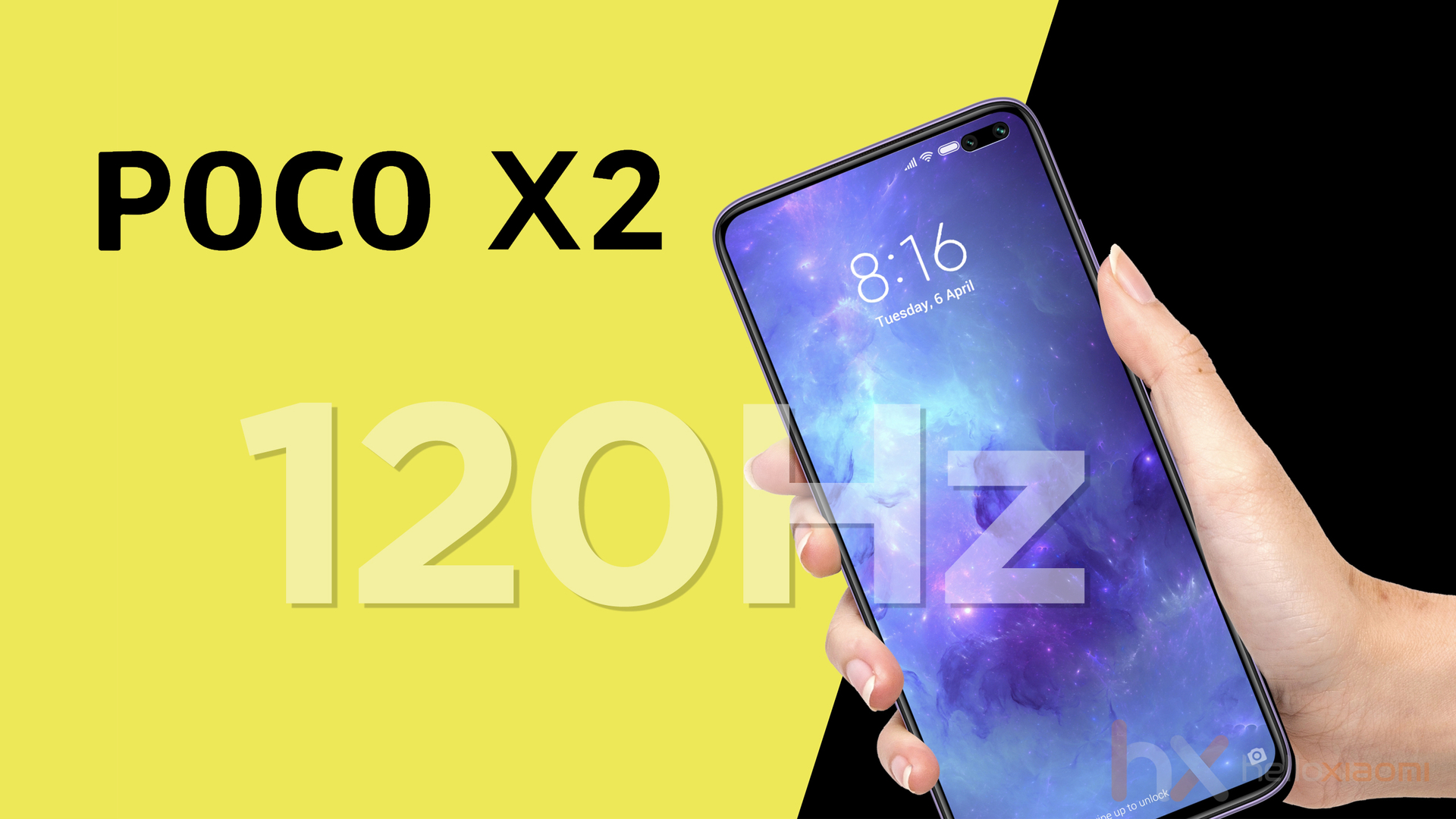
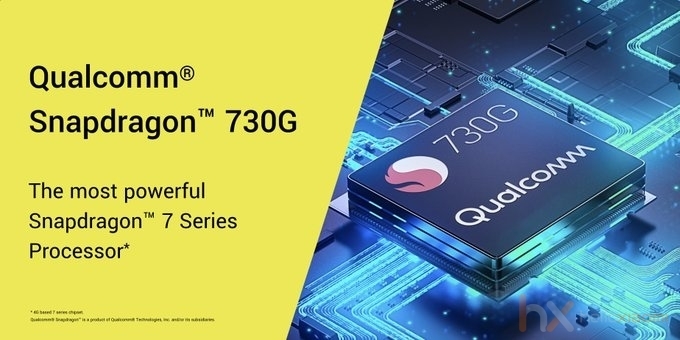
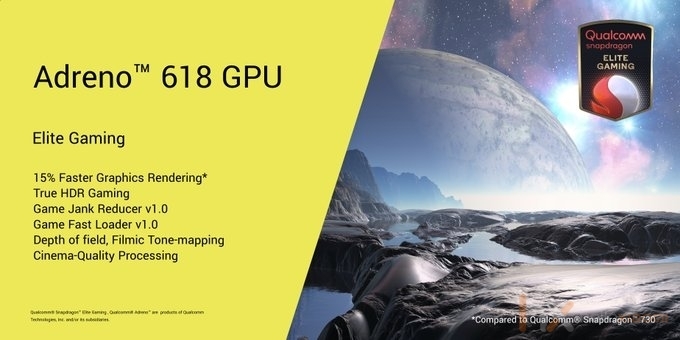
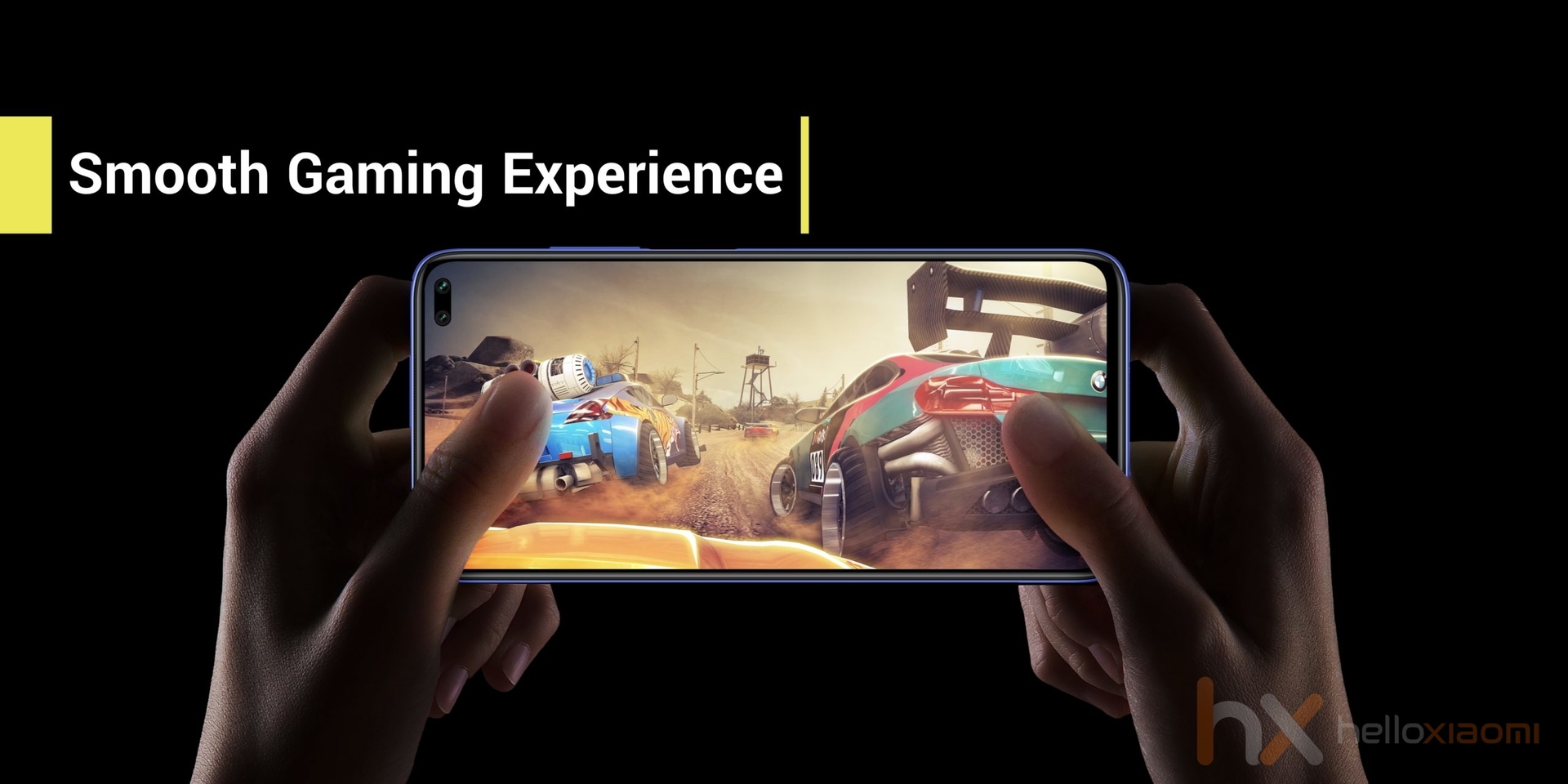


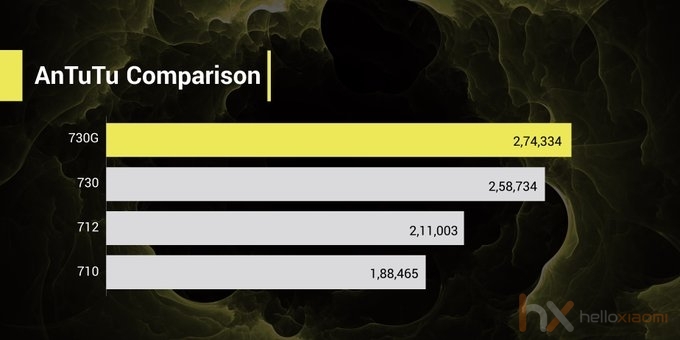
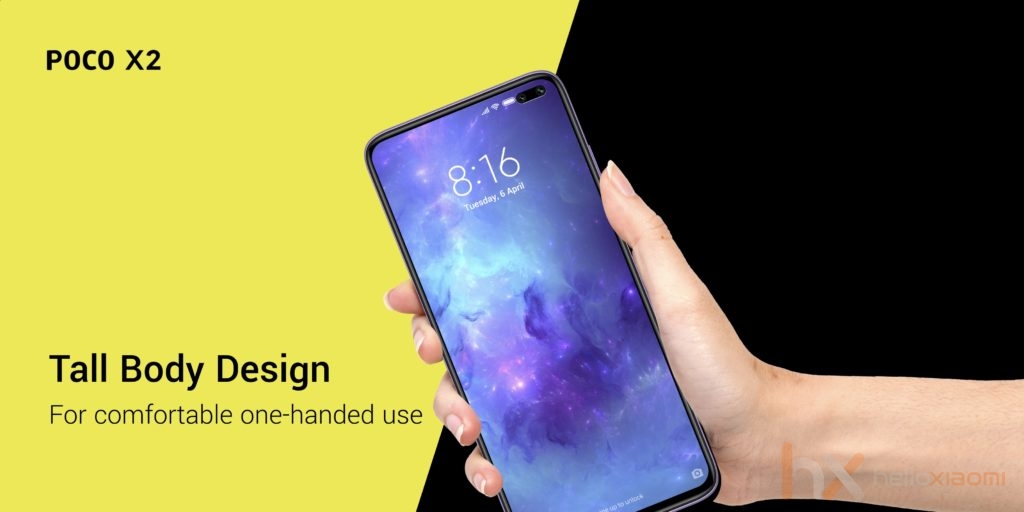

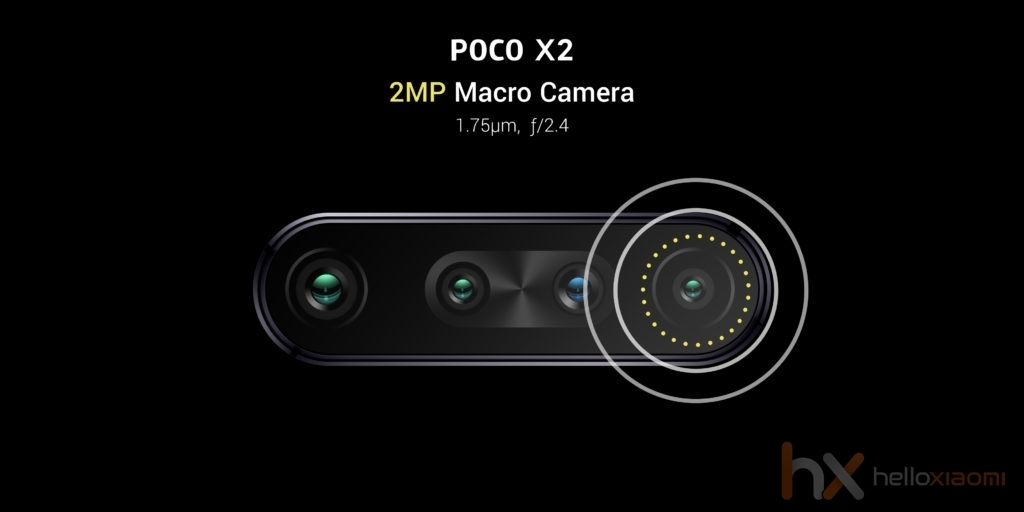
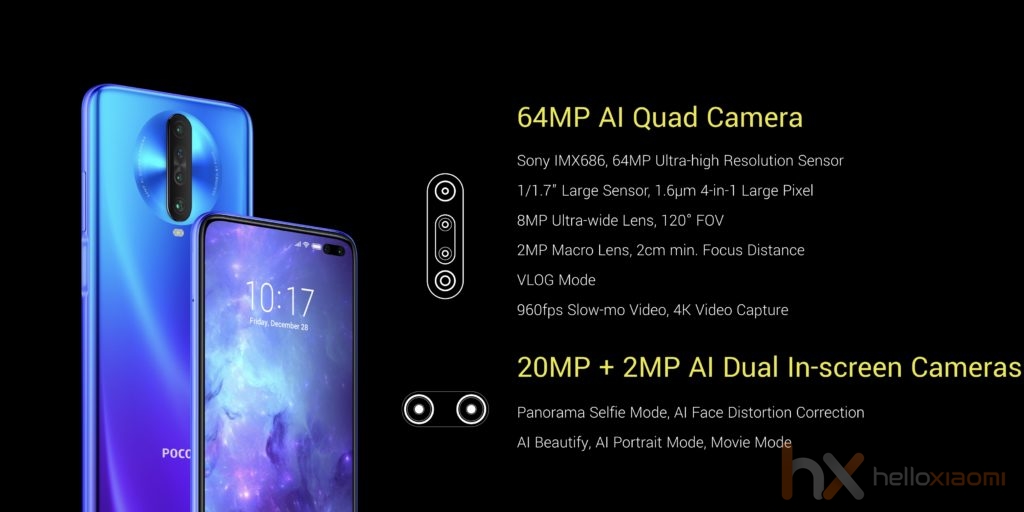

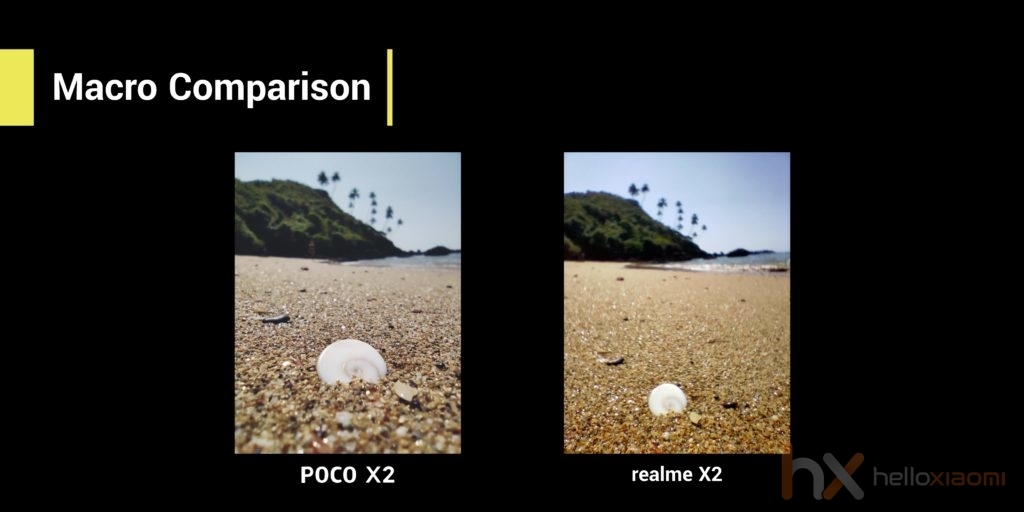
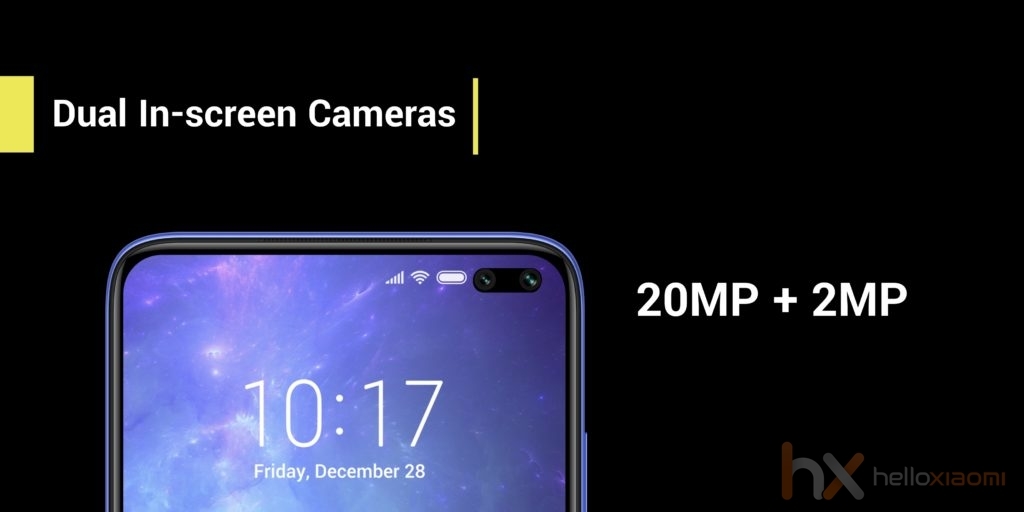
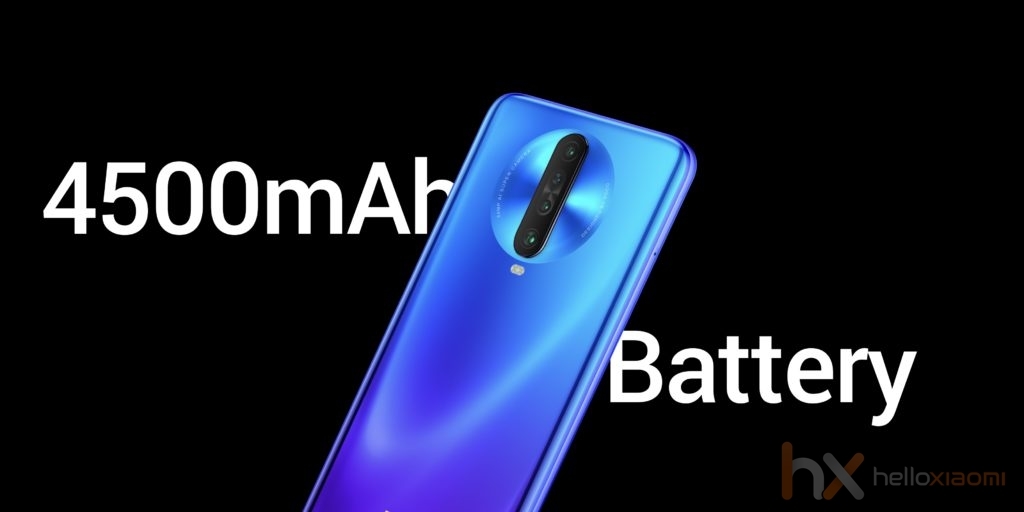
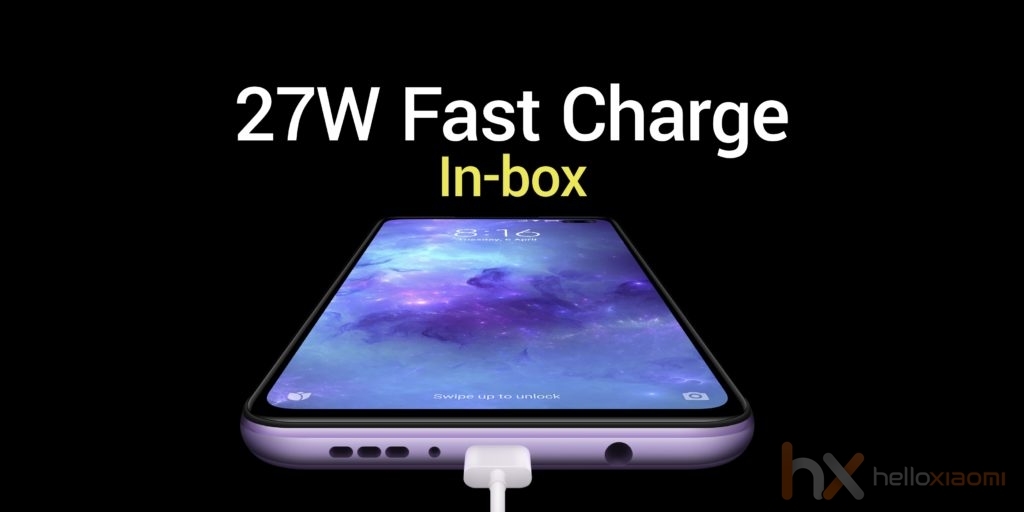


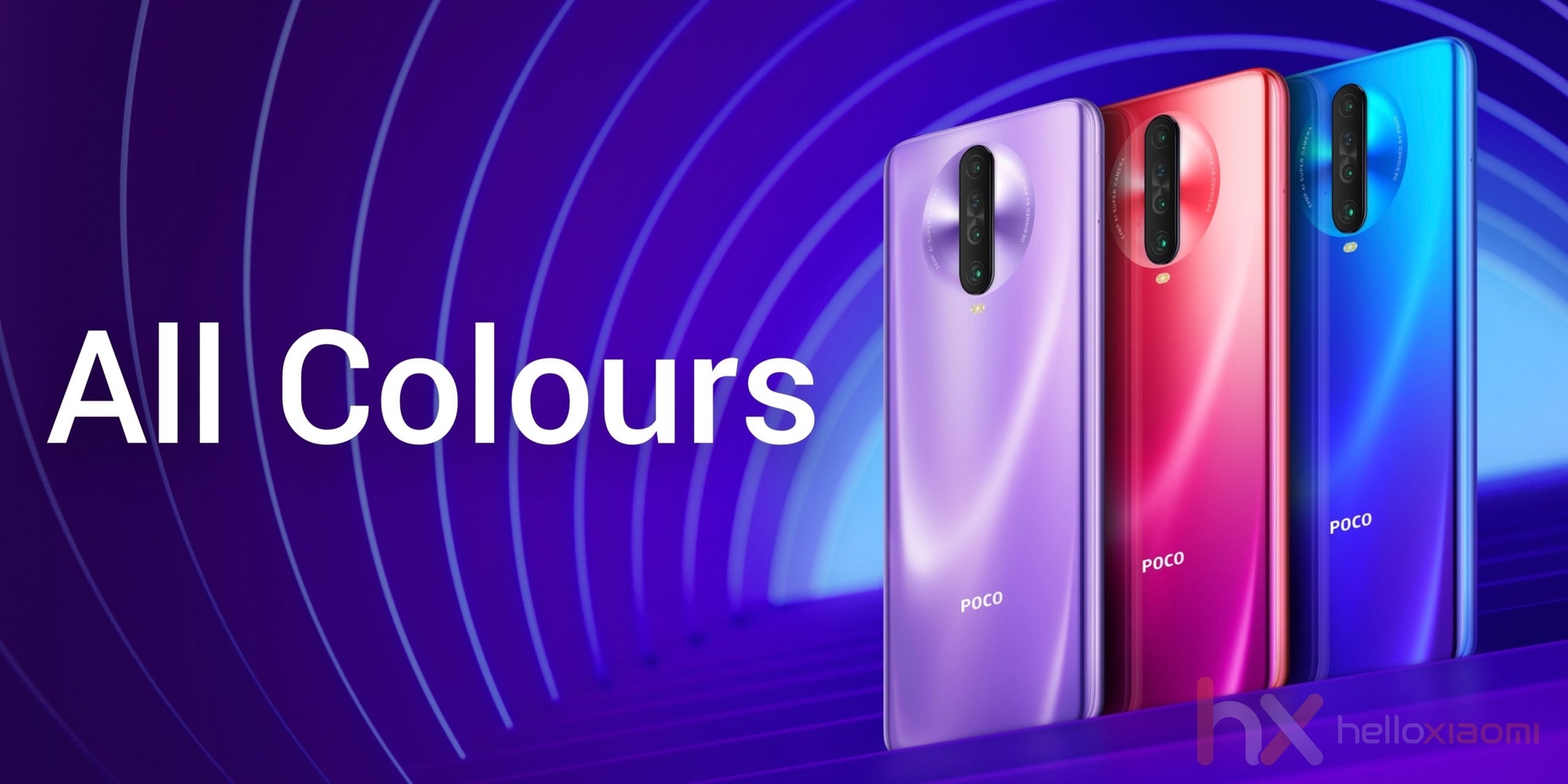

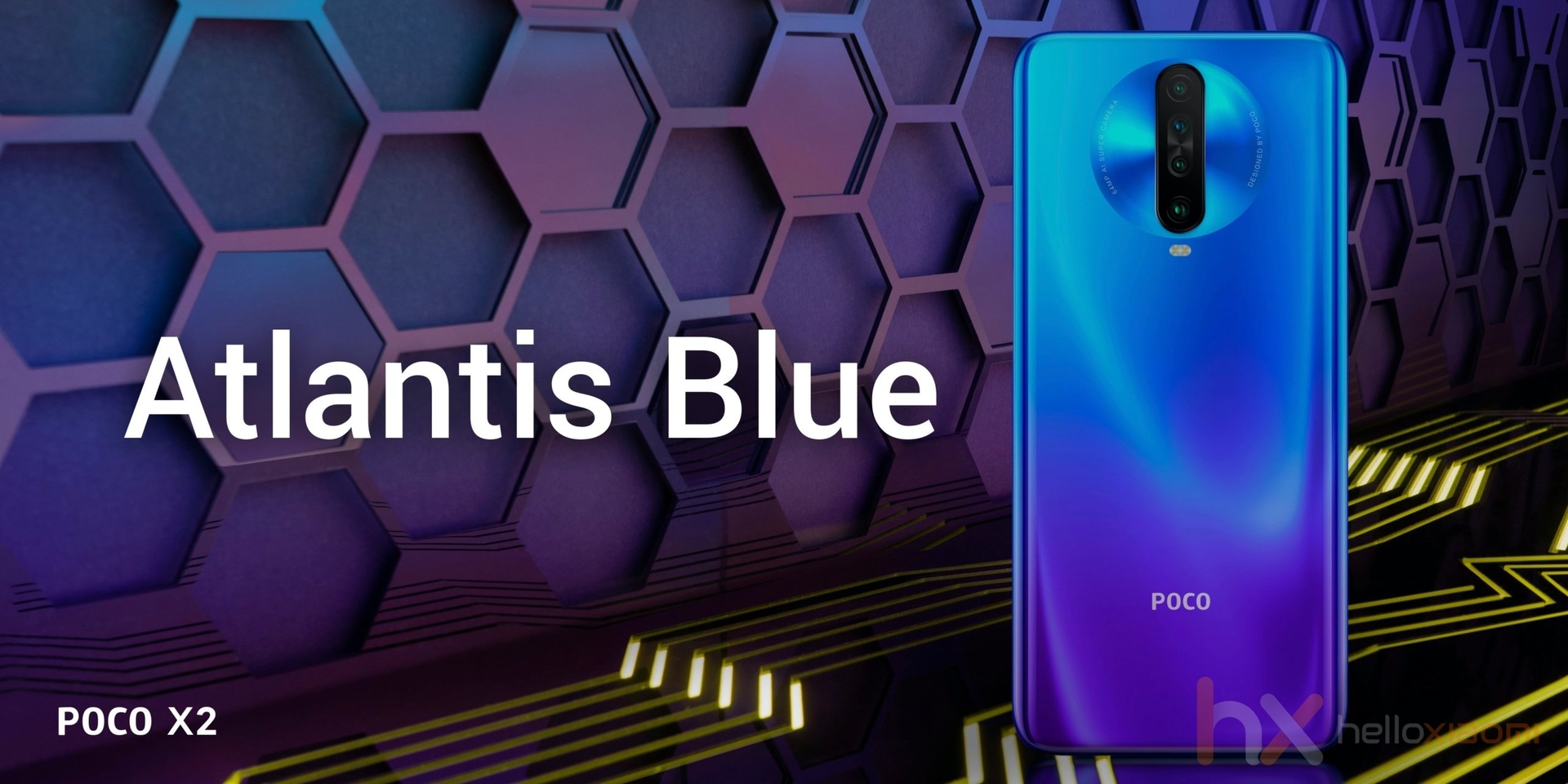

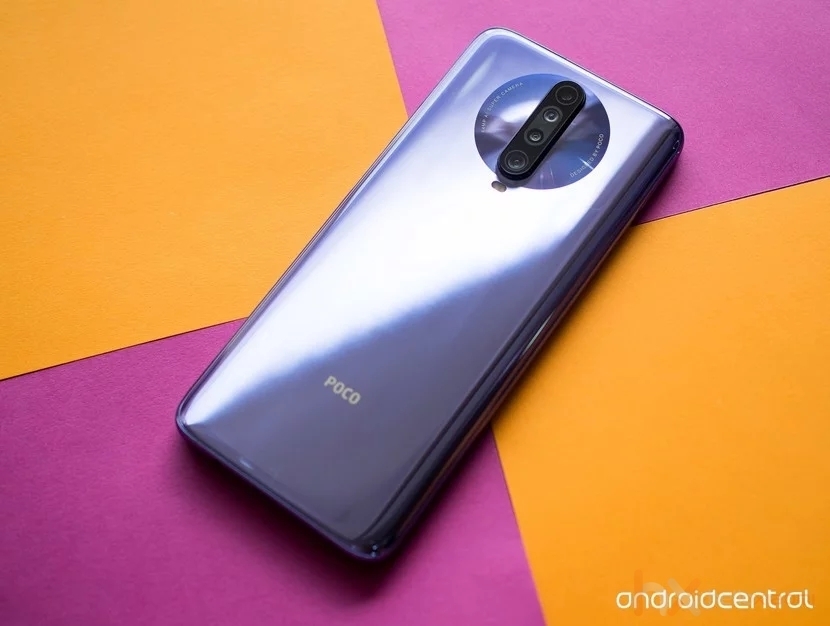
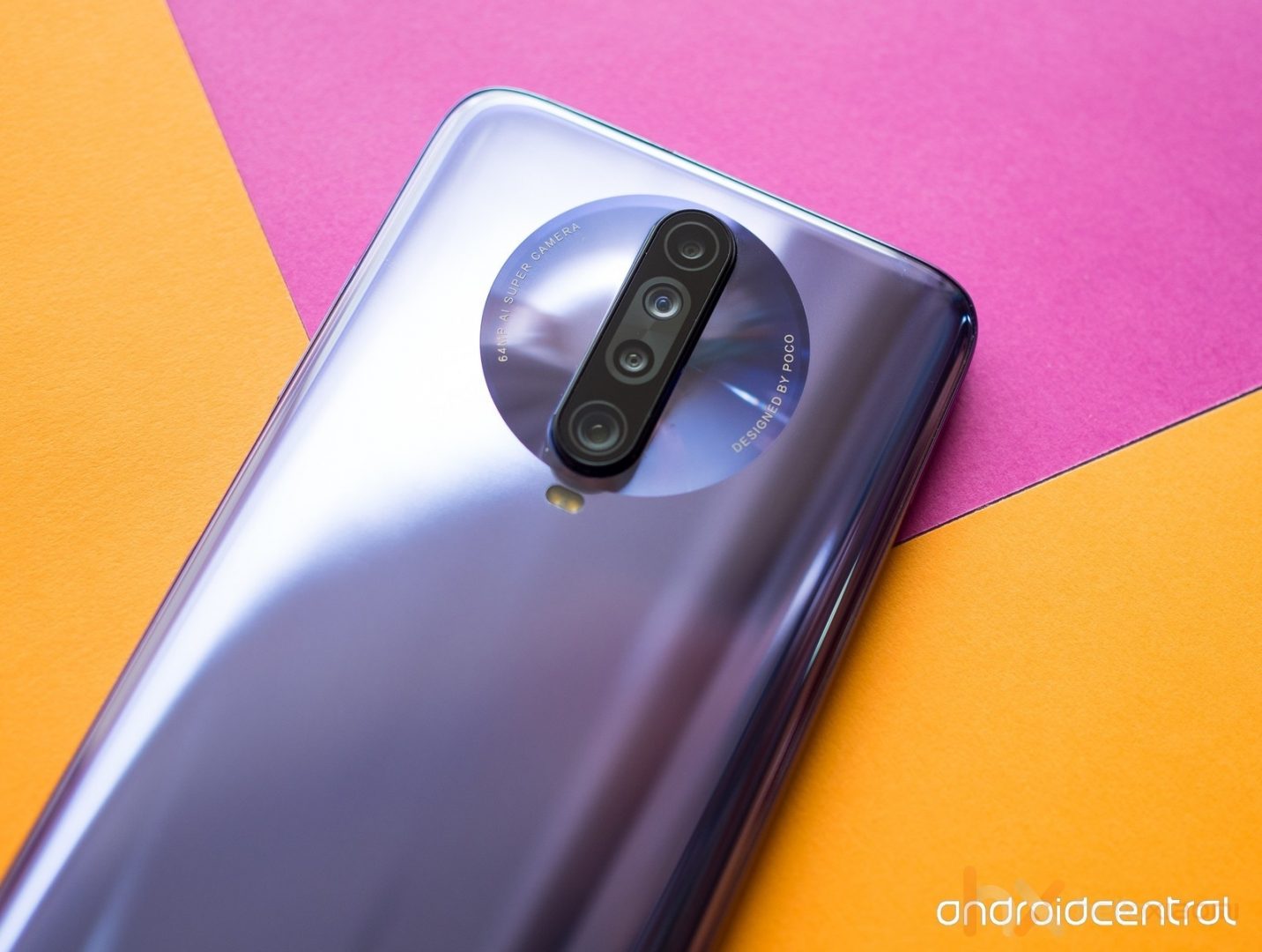
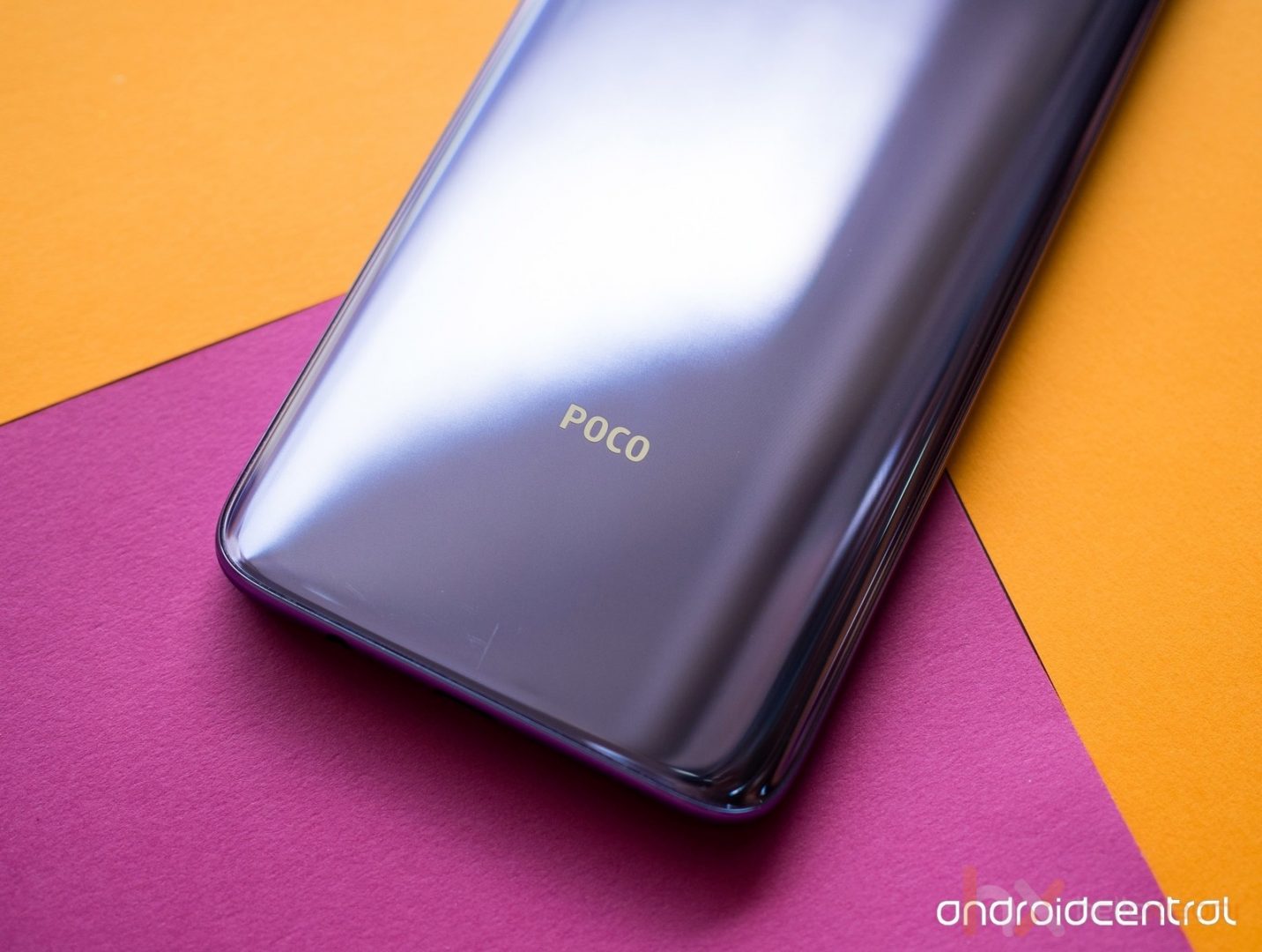



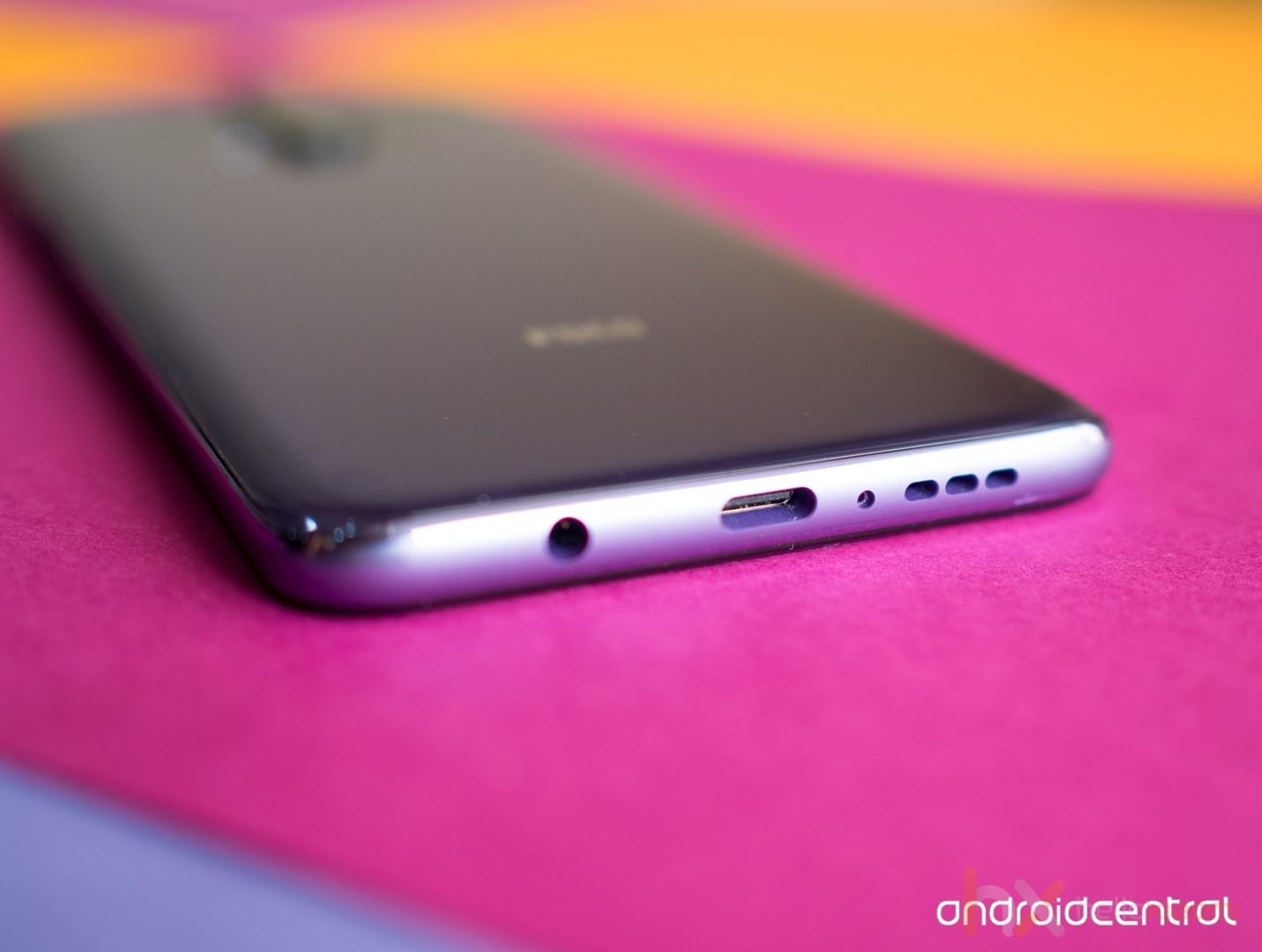


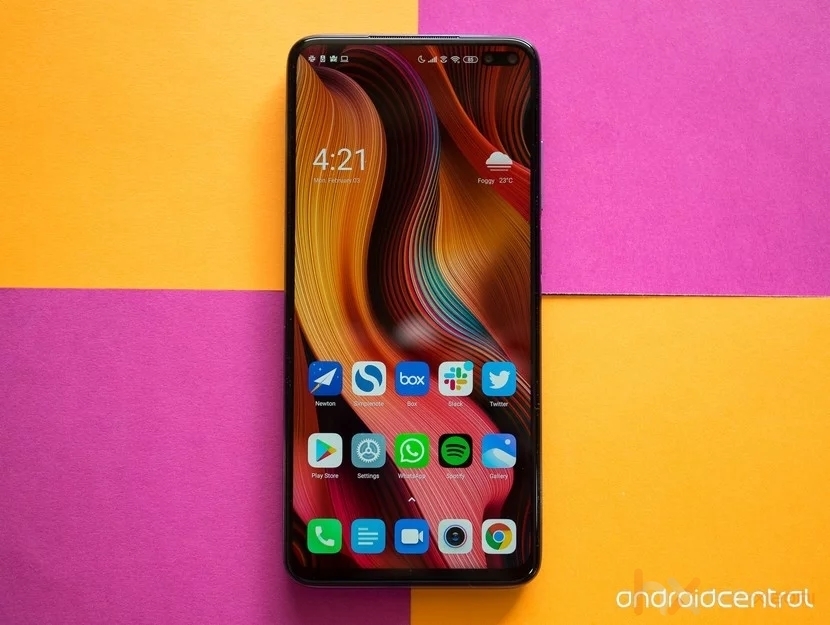
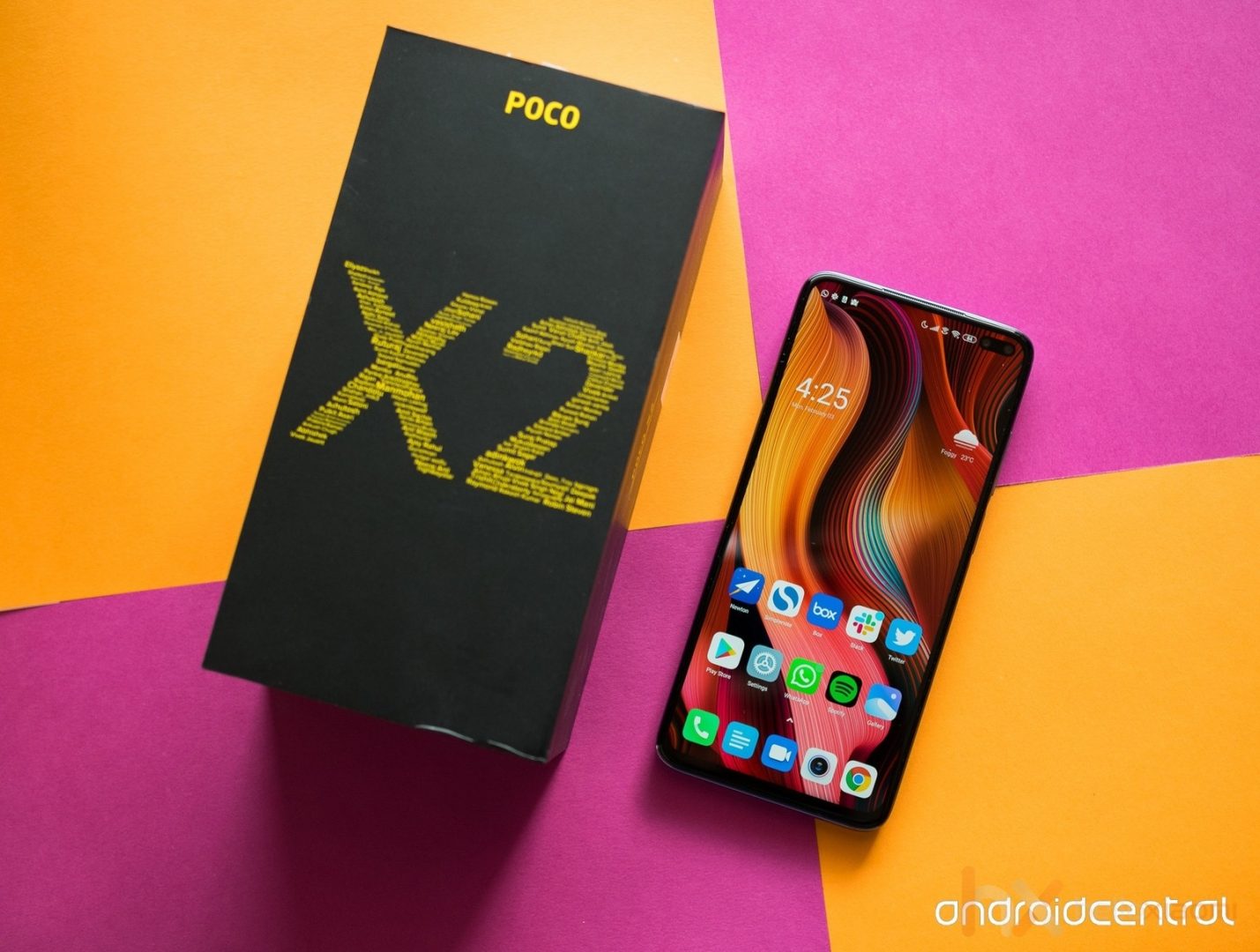

![[148] HyperOS heti hibajelentés](https://helloxiaomi.hu/wp-content/uploads/2024/04/hyperosbugreport148-218x150.webp)
